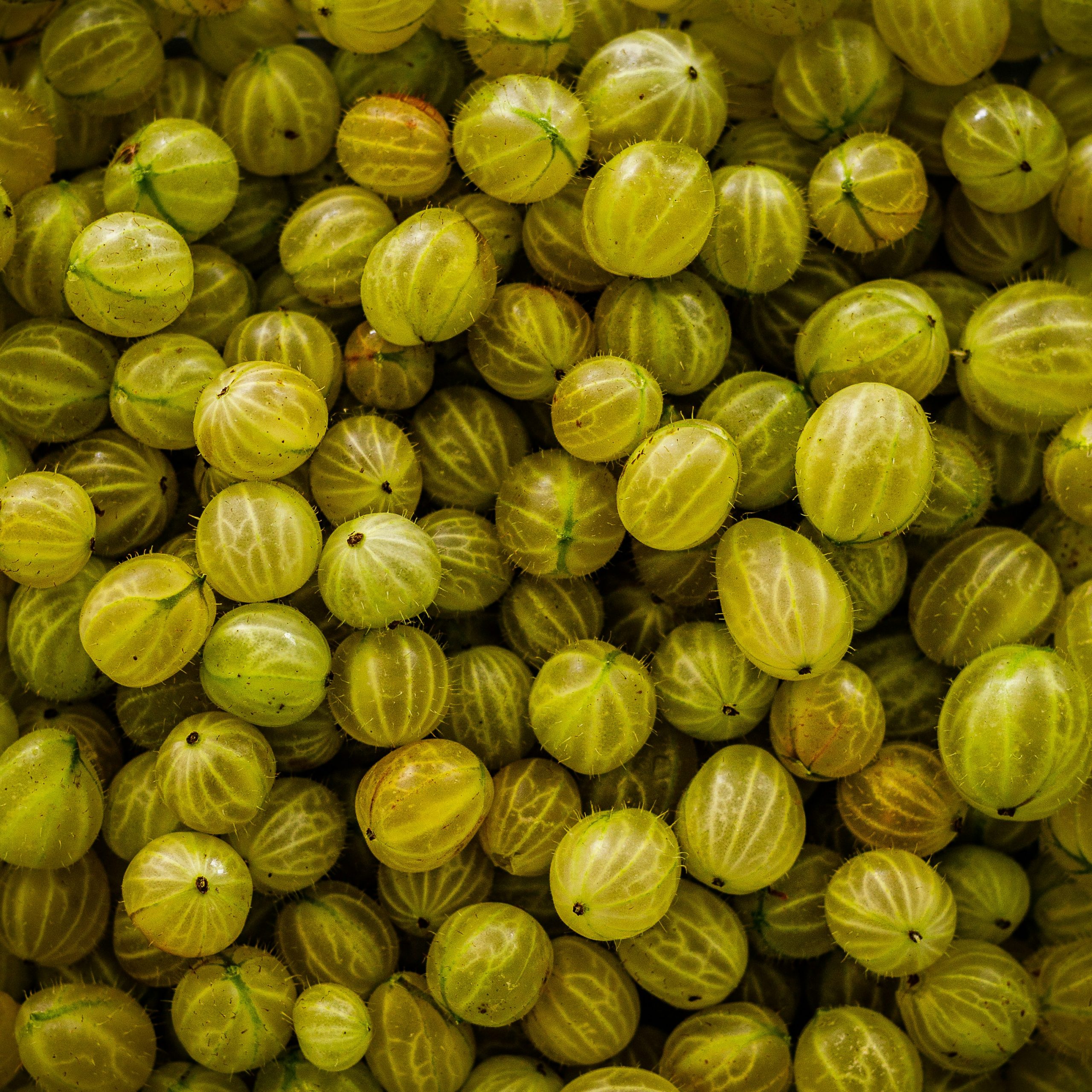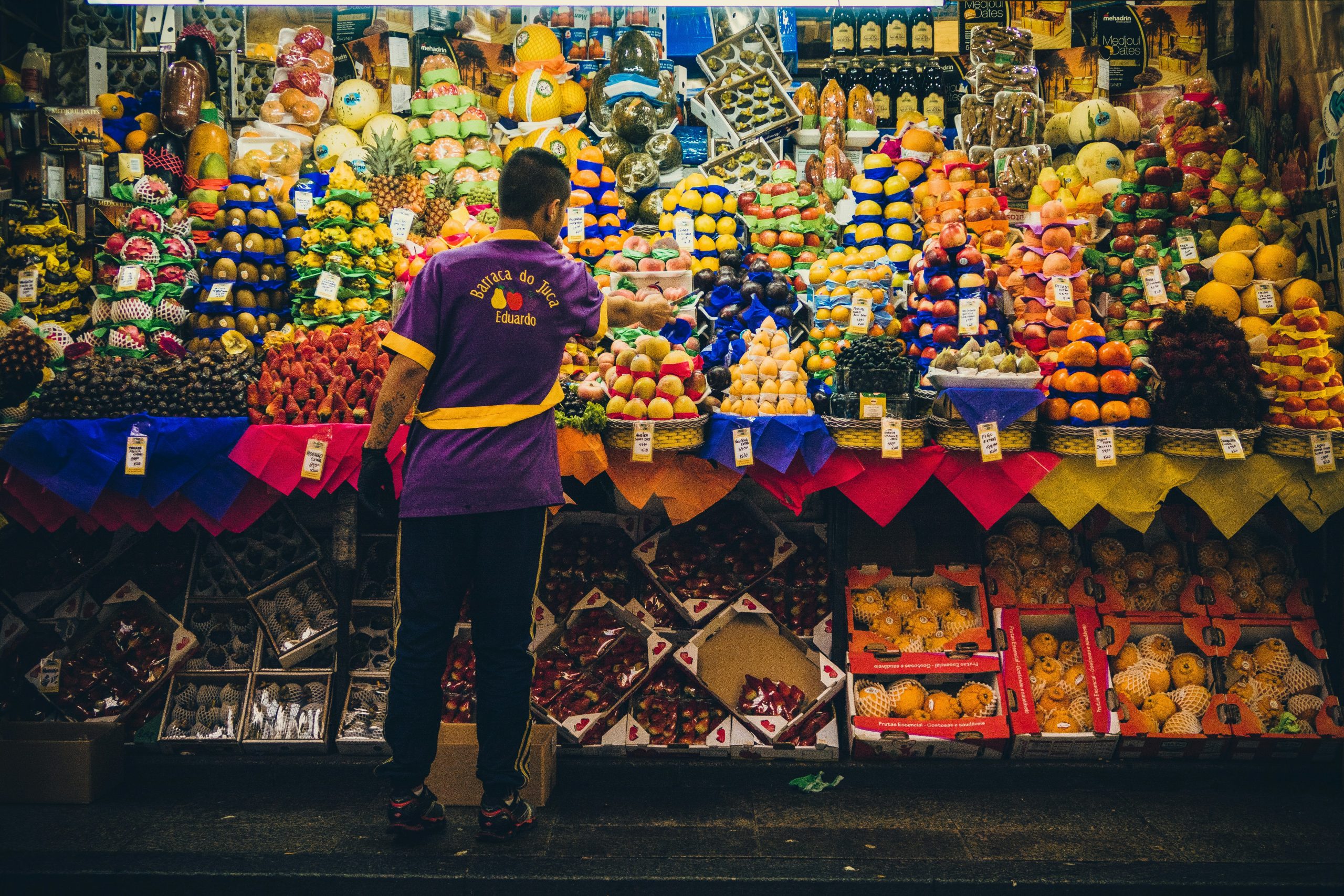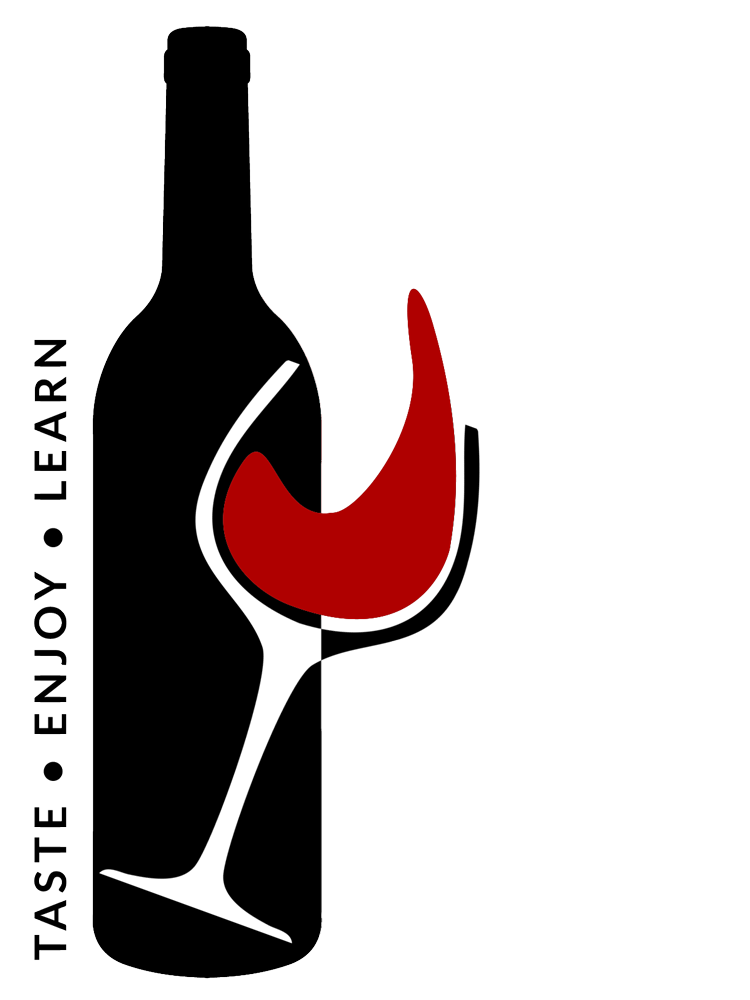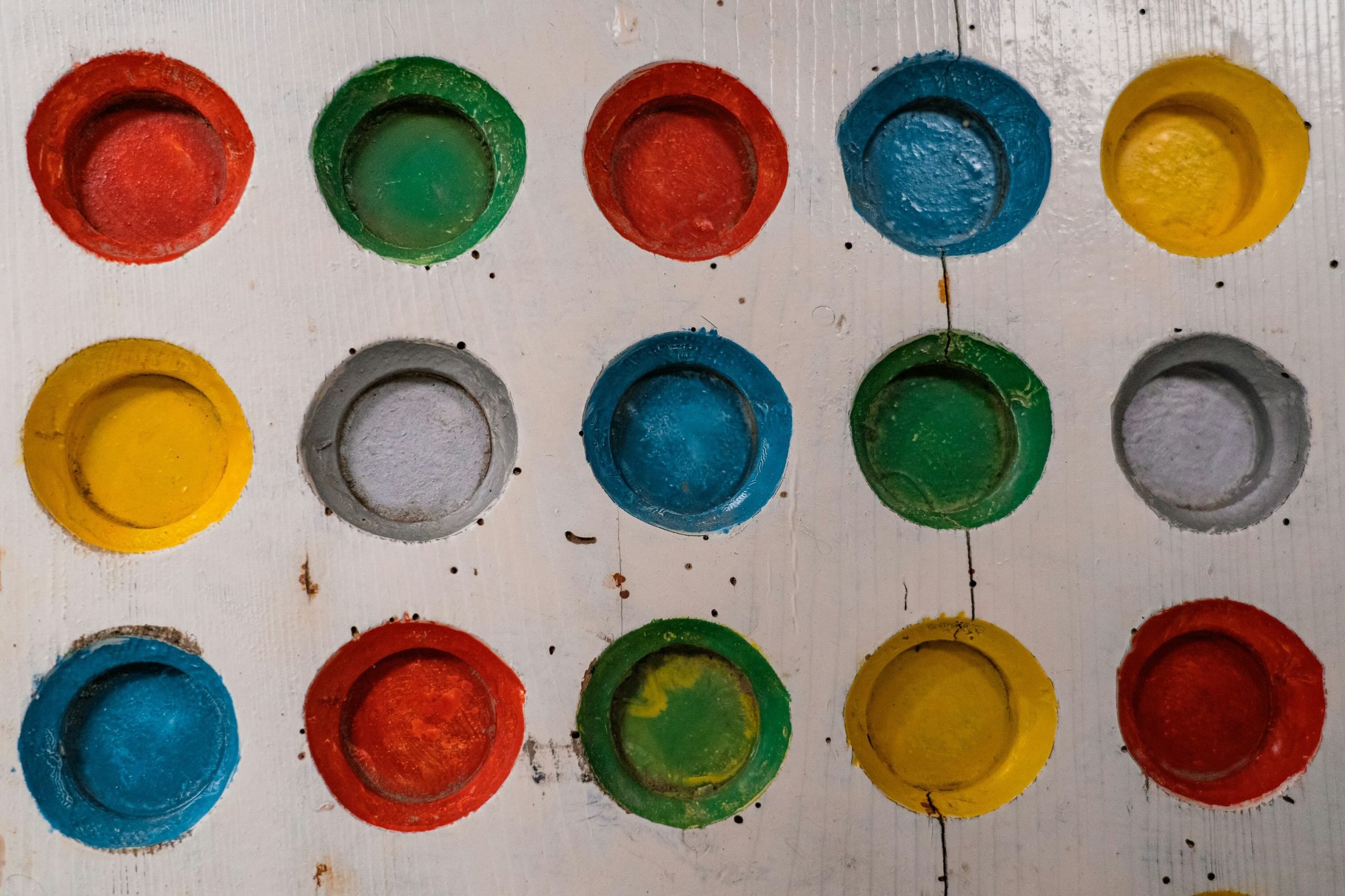Wine’s Epiphany
When did you last cry? From pain, relief, elation? Was it a book, a movie? Were you bidding some farewell for a year, for ever? For me, it is often music. There are pieces that move me to tears, such as the slow movement of Chopin’s Sonata in B minor, perhaps the greatest modulations ever […]
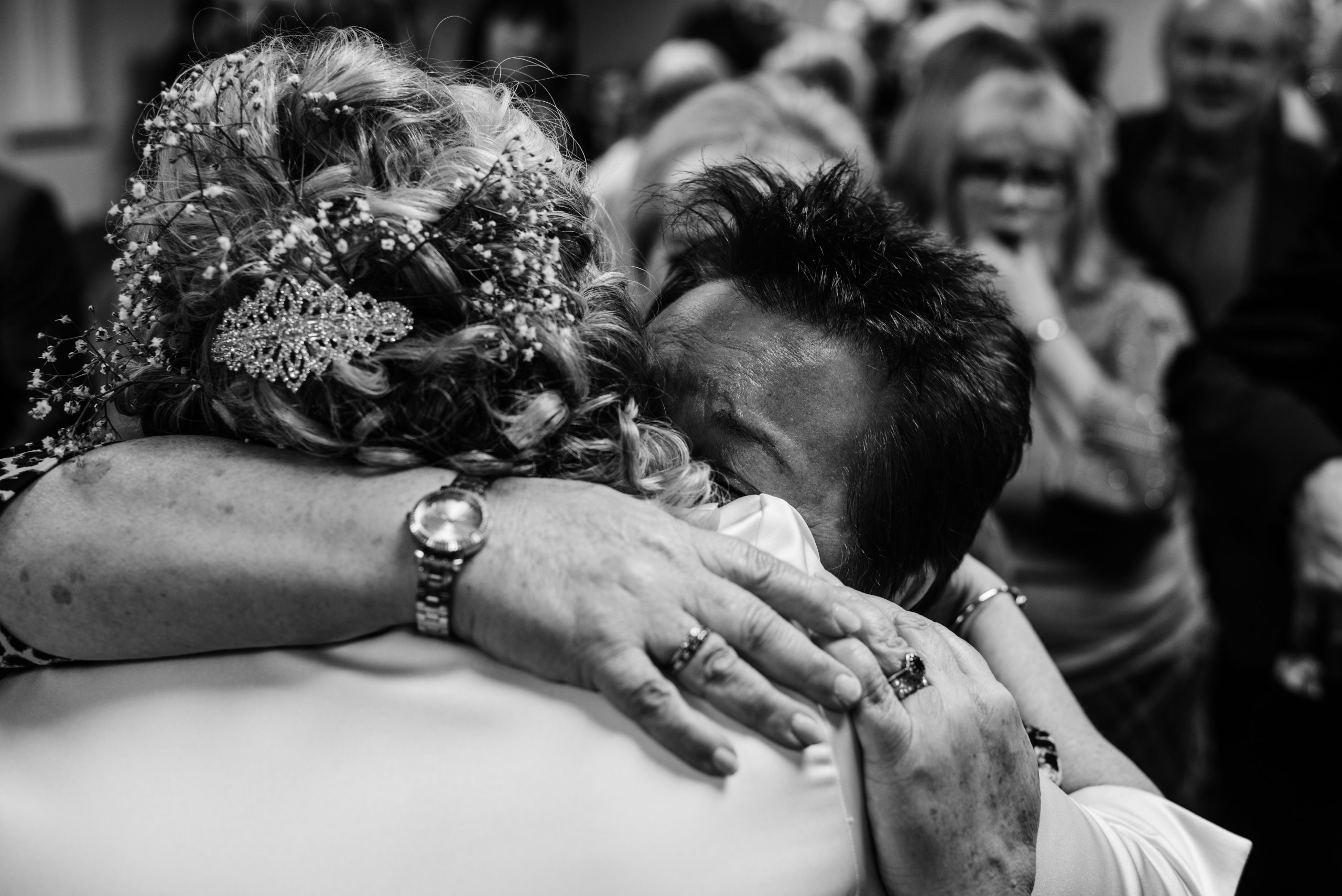
When did you last cry? From pain, relief, elation? Was it a book, a movie? Were you bidding some farewell for a year, for ever?
For me, it is often music. There are pieces that move me to tears, such as the slow movement of Chopin’s Sonata in B minor, perhaps the greatest modulations ever written; absolute beauty in sound, reaching the elusive “blue note” that the composer’s contemporaries vividly remembered. But more often than not, it is the extramusical reference, the stuff music is “about,” that touches me most strongly. Schoenberg’s Survivor from Warsaw is guaranteed to make my face completely wet, and I experienced a similar moment a few months ago at Vienna’s Musikverein. The Polish–Canadian pianist Jan Lisiecki played Beethoven’s fourth Piano Concerto. Throughout his life, Beethoven struggled with his demons, and the slow Andante of this Concerto juxtaposes a stark, sombre, demonic questioning with a luminous, melancholic cantilena: angelic for some, orphic for others. Unlike Beethoven, Lisiecki is more angel than demon — he was a Wunderkind until recently, hammering out Mozart’s light-hearted figurations with ingenuous enthusiasm — and it’s perhaps why his playing proved so moving in this movement.
Yes, art has the power to unravel our deep, unconscious emotions, hence the tears. I shall never forget my first trip to Madrid, entering the room at the Museo Reina Sofía with Picasso’s Guernica. You could have read all the books about the Spanish Civil War, the bombed villages, analyses of the painting itself and even its reproductions, but none of this prepared you for standing face to face with the oversized head of the horse, stretched out in agonising horror. Judging by the handkerchief that swiftly came from the museum guard’s hand, I was not alone in my emotional response.
But wine? Wine is a product: fermented grape juice produced by a technological process and sold at the vanity fair we call the “wine marketplace.” Vienna’s Hofburg palace where the VieVinum flagship event is held was certainly such a vanity fair when I went there last summer. The splendid mirrored Metternichsaal was filled with Austria’s top peacocks: F.X. Pichler, Jamek, Knoll, Hirtzberger, bragging about their 100 points in this or that wine magazine. A Japanese tourist asked for a selfie with the artist; an importer from Latvia wanted to take the empty bottle home.
In the corner stood Toni Bodenstein of Weingut Prager, wearing a classic Austrian trachten jacket. I’ve always found his wines intellectual and challenging, so the tasting context wasn’t promising. The Riesling from Ried Klaus started the assault with mouth-puckering acid. The Grüner Veltliners were impenetrable stone blocks. In the hot 2023 vintage, the Hinter der Burg was even more powerful than usual; I felt sorry for the poor tourists who would order a bottle in the summer, hoping for a fruity drink to enjoy in the sun. The Zwerithaler Veltliner was almost tectonic in its condensation of flavour, the fruit arranged like colourful bands of gneiss rock.
“I am proud of my vineyards. I bought them in the 1980s and 1990s when no-one cared. In Achleiten, the gnarly vines are still trained on wooden sticks, some 70 years old, some even older. It is more of a hospital than a vineyard: some vines die of old age and we do not replace them,” says Bodenstein as he pours the Stockkultur Grüner. The larger-than-life apricot and peach take my breath away. Fruit in wine is usually metaphorical, but here it becomes tangible, literal, incarnate. How?
Wine is subjective, right? But for years we have done everything to objectivise wine from different angles. Winemaking has been franchised by scientific oenology operating standard recipes and procedures, with the result that so many different wines taste increasingly similar. Critical response was “professionalised” by moving from free-flowing literary references to formulaic “tasting notes” and the 100-point-scale. Wine education got the WSET systematic approach to tasting: the same template for all wines and all people. These approaches have come under scrutiny in our new era of wine appreciation, with “natural wine” fans rejecting the notion of technical correctness and Alice Feiring emphasising the “emotional impact” of assessing a wine. But the grip of universalist aesthetics on the world of wine remains strong; the “how” dominates over the “about,” if you will, which is perhaps why the emotion can be so powerful when the “about” breaks free.
I swirled, slurped, and spat the Stockultur, but that wasn’t the end of it. Bodenstein searched his fridge for one more wine. In his old plots, he found many ancient clones of Grüner and Riesling, later abandoned for the sake of “modernisation.” The genetic erosion of our plants is a big issue, Bodenstein continued; central planning and proliferation result in everyone using the same few variants. He added several dozen other clones to his own, sourced from pre-war vineyards all over Austria. In 1997, he planted this multitude of different Veltliners on the five highest terraces in Achleiten that used to belong to the Bishop of St Pölten. In the second week of November 2023, at the far end of Austria’s harvest, he picked those grapes and named the wine Wachstum Bodenstein.
Everything around me went silent and the lights appeared to dim, like that day when the Guernica horse looked straight at me. My eyes became blurred. The wine was thick with fruit, but there was something more important underneath. A ray of white autumn light refracted in a mineral prism. As in Robert Desnos’s poem, the “motion of millions and millions of beings,” those non-identical Veltliners growing at the top of a stony hill both up towards the sky and down into the depths of the Earth. Structural lines converging in perfect proportions, as on the façade of the Parthenon. The elemental purity of iron, silica, potassium, magnesium lifted from the core of the Earth 350 million years ago. The ultimate coolness of Alpine air channeled by the Danube, flowing as inexorably as the laws of physics, mathematics and biology that govern all of the above.
It was the external reference, the stuff the wine was “about.” Not fermentation, not even “wine culture” or culture tout court: the search for meaning through acting, gathering, shaping, understanding. Nor art, expressing all this in a work, an artefact — be it wine. It was something more universal and eternal: pure aesthetics.
Photo by Sam Barber on Unsplash


